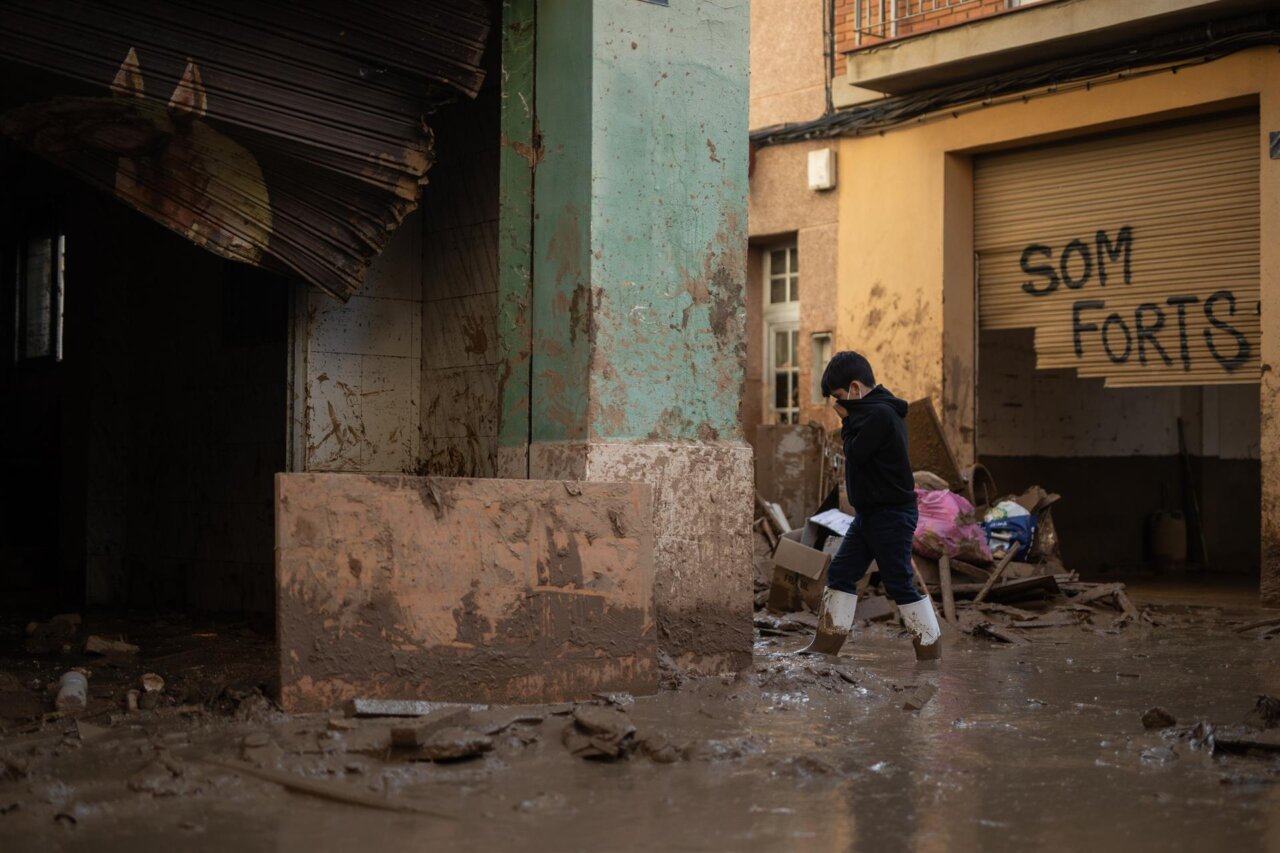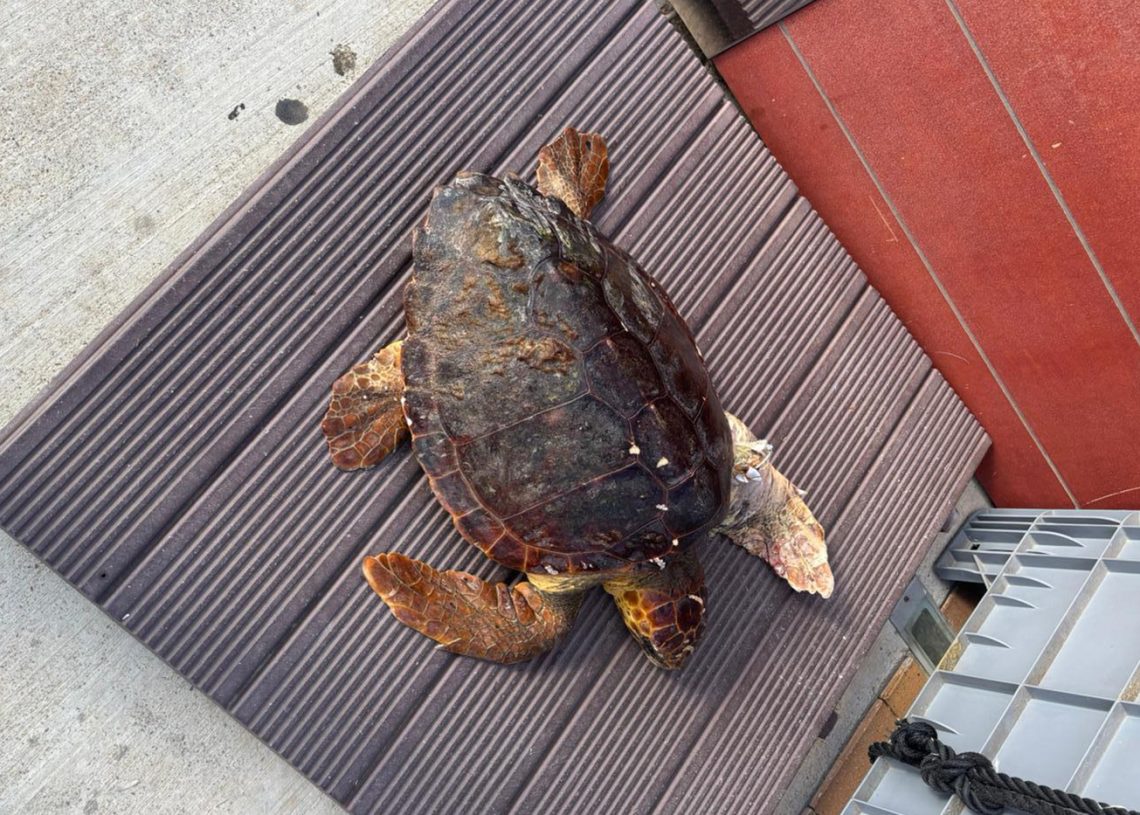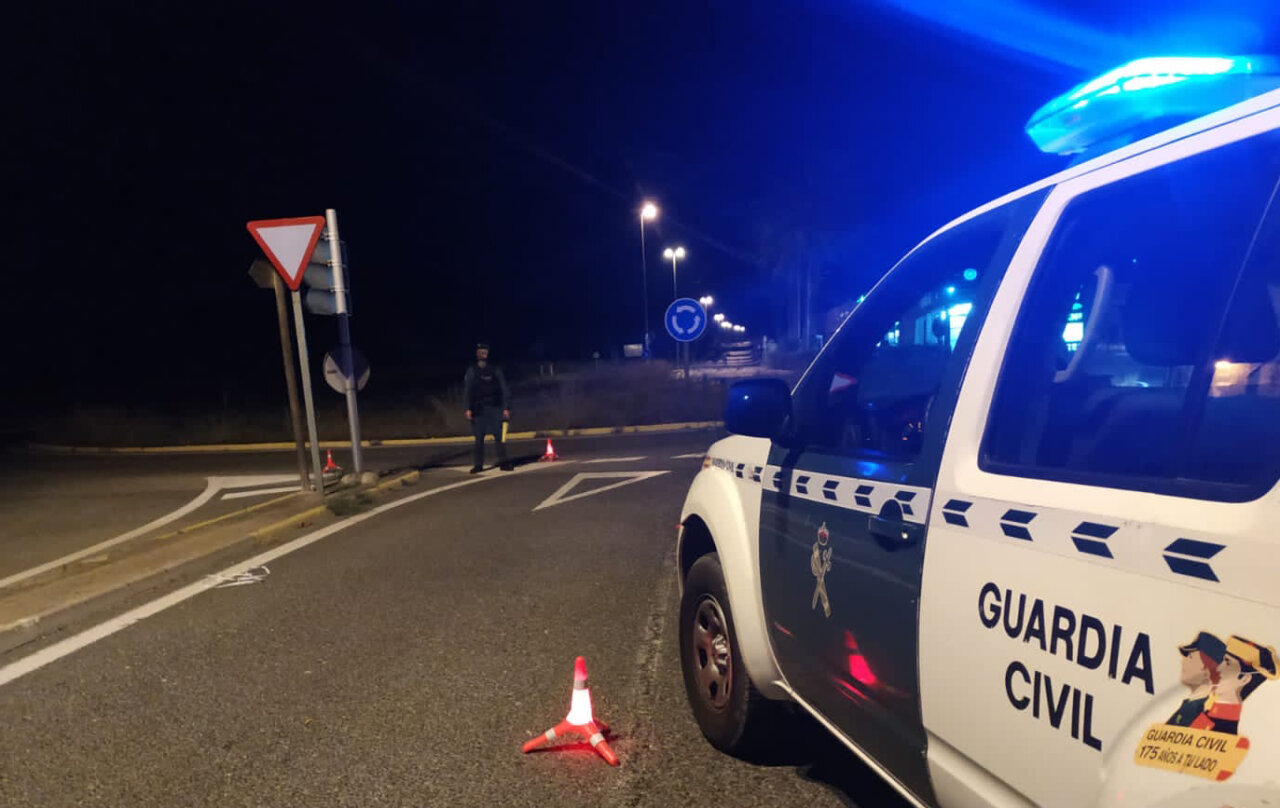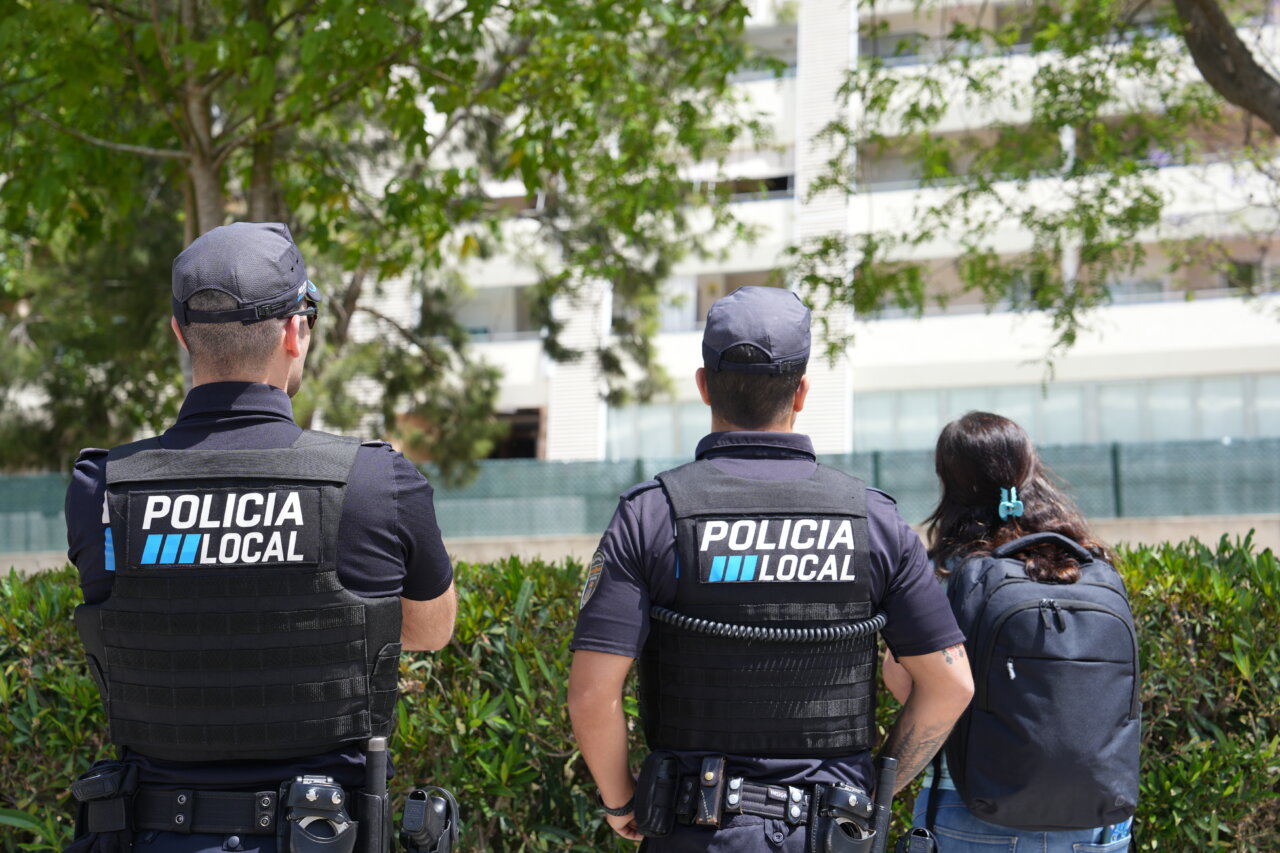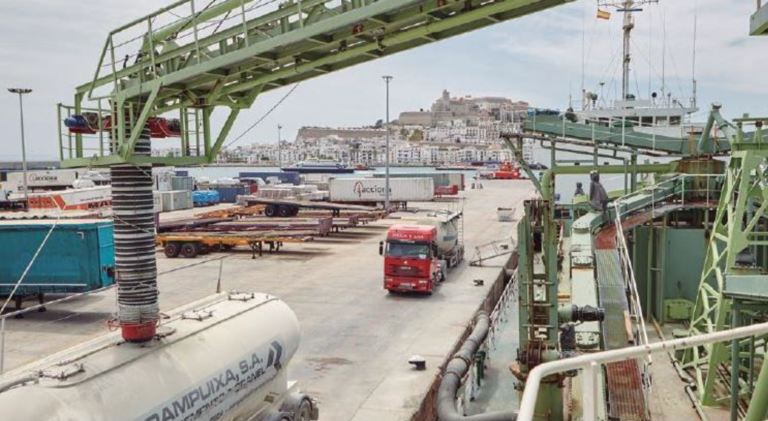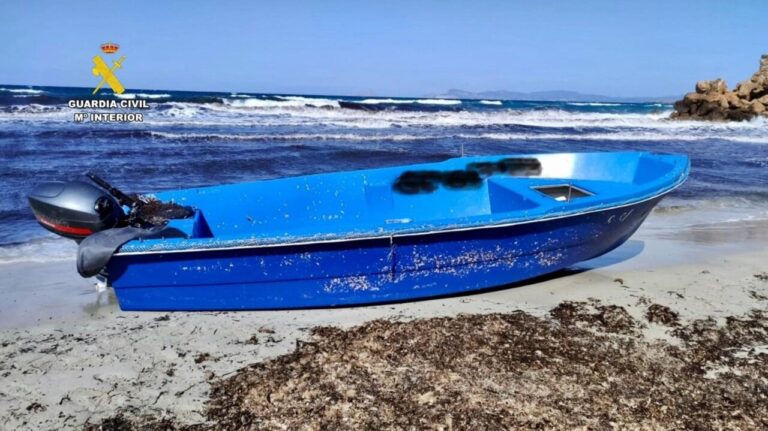After the catastrophic passage of the DANA in Valencia, and its repercussions of lesser intensity in other areas such as the Balearic Islands, the need to take actions to help prevent this type of phenomena has been put on the table for discussion. One of them should be the implementation of an early warning system that warns citizens in advance when there is a risk of flooding. This was stated on Monday by José Luis López Sancho, biologist and expert in Territorial Planning and Environmental Management linked to Risk Management in Natural Disasters, who has been “surprised” because there is no early warning system in the Balearic Islands, knowing that it has ample record of which are the most risky areas and that the management of these is already contemplated in the Flood Risk Management Plan of the Hydrographic Demarcation of the Balearic Islands and in the Hydrological Plan of the Hydrographic Demarcation of the Balearic Islands. “There is fear that people may worry too much, they do not want to shock the population or alert them unnecessarily. But it is the other way around, it is preferable to make a mistake and nothing happens, than not to have warned and a catastrophe occurs,” said López Sancho in statements to Radio Ibiza. The catastrophic floods have sparked reflection on how populations should be warned in the event of a possible natural disaster. In Valencia, the use of the ES-Alert system has been criticized as the warning came too late. In this regard, the dean of the College of Civil Engineers of the Valencian Community, Javier Machi, has assured EFE that“the early warning has not worked” and that “there has been a certain failure in the prior warning to people”. On the other hand, the conseller of Justice and Interior, Salomé Pradas, has recognized days ago that she was unaware of the existence of the ES-Alert notification, and that a technician warned her of the existence of this mechanism around 20.00h on Tuesday, November 5, when the floods had already reached several towns in the province.
What is ES-Alert and how does it work?
The ES-Alert system, whose implementation dates back to the end of 2022, uses Cell Broadcast technology, which allows text messages to be sent to all mobile devices connected to a given geographical area. Users do not need to be registered or download any specific application, ensuring maximum reach in emergency situations. Messages are sent and received in a matter of seconds, in the official languages of each region, and take priority over other communications (they even emit a notification even if the device is in silent mode). It also does not collect personal data, which maintains users’ privacy.
Construction in flood zones: does it make sense?
The consultant López Sancho, when asked for his opinion about the debate on construction in flood zones in the framework of the urban amnesty, said: “The logical thing would be not to build in flood zones so as not to increase exposure, and therefore vulnerability, and therefore risk”. Although he made a difference between areas with less risk than others, the specialist has assured that in Ibiza “there are many more places where there is significant danger”. “And there are numerous corrective or preventive measures that are possible to apply and that can greatly reduce the effect of this potential extraordinary precipitation. If there were large, unbuilt flood zones, which are considered sacrifice zones where water can spill, it would be very easy to avoid damage to the populations downstream,” he said.
What are the flood zones in Ibiza?
According to the biologist, in the case of Ibiza, the areas that according to the cartography are the most susceptible to suffer this type of episodes are: the ravine of sa Llavanera, part of Nuestra Sra. are: the ravine of sa Llavanera, part of Nuestra Sra. de Jesús, Puig d’en Valls, the lower parts of Vila, some sector of Sant Antoni and all the area of the Santa Eularia river basin and its mouth”.

